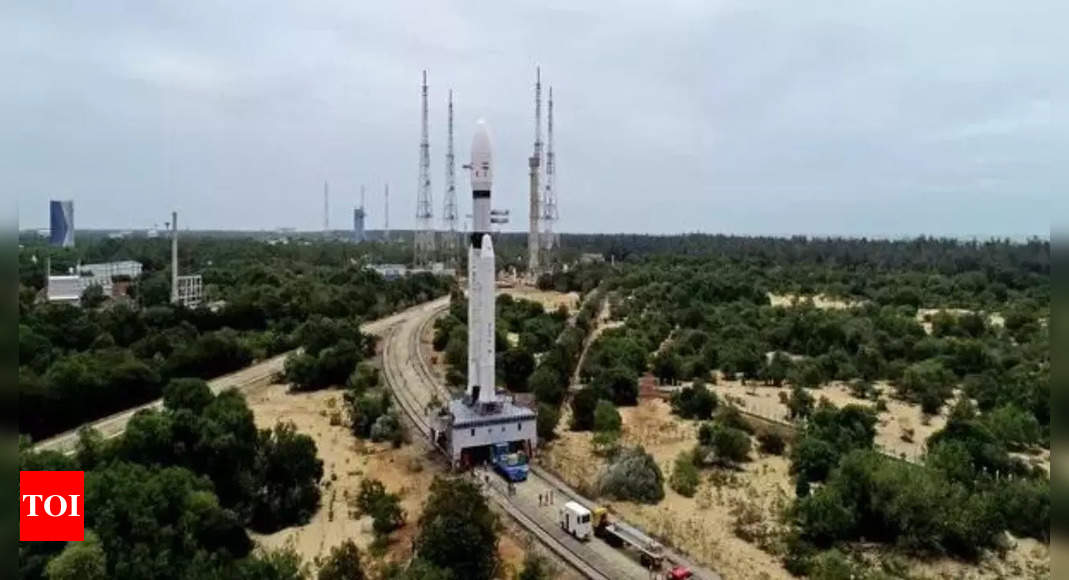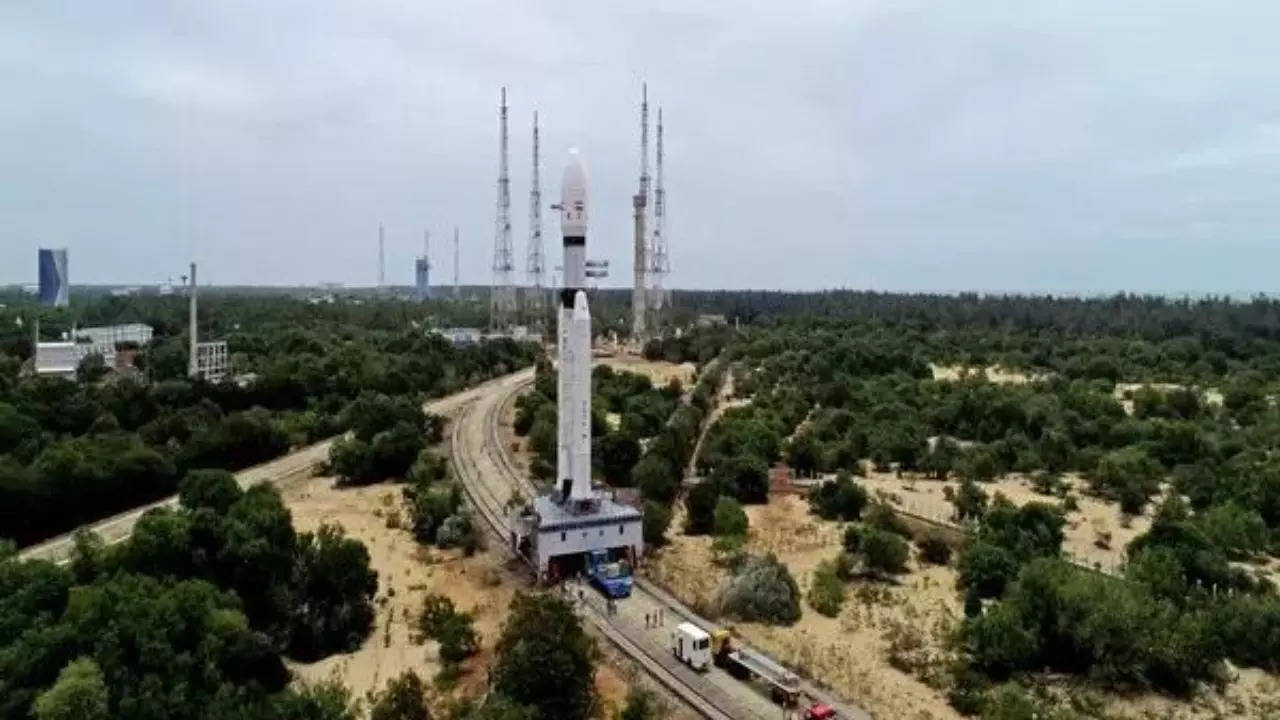[ad_1]
NEW DELHI: Chandrayaan-3 is expected to be launched on July 14 from the Satish Dhawan Space Centre in Sriharikota. This is India’s third lunar mission, conducted by the Indian Space Research Organisation (ISRO).
In June 2023, when ISRO was preparing for the launch of Chandrayaan-3, India also signed the NASA-led Artemis Accords which aims to boost international collaboration surrounding the exploration of the moon.
So, what makes Chandrayaan-3 special and how would its findings benefit the country’s space exploration initiatives?
ISRO has claimed that it has learnt from the weaknesses of Chandrayaan-2 and rectified its mistakes in Chandrayaan-3. After the launch of Chandrayaan-2, Vikram, the moon lander, failed to land.
Although several countries have failed in their lunar missions, the unsuccessful moon landing in 2019 took away India’s chance of joining the small group of countries which have managed to land equipment on the moon.
Since then, Isro has taken a cautious approach with Chandrayaan-3, leaving nothing to chance.
If Chandrayaan-3 is a success, it would be India’s first successful landing of equipment on the lunar surface.
Even though India has satellites orbiting the moon, certain kinds of data can be collected only from the surface of the cosmic body, as opposed to data collected from the orbit.
According to the ISRO website, Chandrayaan-3 will have three major objectives.
One is to demonstrate safe and soft landing on the surface of the moon. The second is to demonstrate rover operations on the moon. And the third objective is to conduct in-situ scientific experiments on the lunar surface.
According to the ISRO site, “the Lander will have the capability to soft land at a specified lunar site and deploy the Rover which will carry out in-situ chemical analysis of the lunar surface during the course of its mobility.” If the launch and moon landing are a success, the data collected by Chandrayaan-3 will prove to be crucial in the larger scheme of lunar exploration initiatives in future.
The lander is expected to land around 40 days after the launch, on August 23 or 24.
After the launch from the earth’s surface, the module would enter the lunar orbit, from where the lander would then separate and attempt to manoeuvre a soft landing on the surface of the moon.
In June 2023, when ISRO was preparing for the launch of Chandrayaan-3, India also signed the NASA-led Artemis Accords which aims to boost international collaboration surrounding the exploration of the moon.
So, what makes Chandrayaan-3 special and how would its findings benefit the country’s space exploration initiatives?
ISRO has claimed that it has learnt from the weaknesses of Chandrayaan-2 and rectified its mistakes in Chandrayaan-3. After the launch of Chandrayaan-2, Vikram, the moon lander, failed to land.
Although several countries have failed in their lunar missions, the unsuccessful moon landing in 2019 took away India’s chance of joining the small group of countries which have managed to land equipment on the moon.
Since then, Isro has taken a cautious approach with Chandrayaan-3, leaving nothing to chance.
If Chandrayaan-3 is a success, it would be India’s first successful landing of equipment on the lunar surface.
Even though India has satellites orbiting the moon, certain kinds of data can be collected only from the surface of the cosmic body, as opposed to data collected from the orbit.
According to the ISRO website, Chandrayaan-3 will have three major objectives.
One is to demonstrate safe and soft landing on the surface of the moon. The second is to demonstrate rover operations on the moon. And the third objective is to conduct in-situ scientific experiments on the lunar surface.
According to the ISRO site, “the Lander will have the capability to soft land at a specified lunar site and deploy the Rover which will carry out in-situ chemical analysis of the lunar surface during the course of its mobility.” If the launch and moon landing are a success, the data collected by Chandrayaan-3 will prove to be crucial in the larger scheme of lunar exploration initiatives in future.
The lander is expected to land around 40 days after the launch, on August 23 or 24.
After the launch from the earth’s surface, the module would enter the lunar orbit, from where the lander would then separate and attempt to manoeuvre a soft landing on the surface of the moon.
[ad_2]
Source link











More Stories
Congress replaces Kamal Nath, names an OBC as Madhya Pradesh chief | India News
Fire breaks out in ITBP camp in Srinagar; none hurt | India News
Parliament Security: Co-villagers give clean chit to Lalit Jha, parents to move court | India News